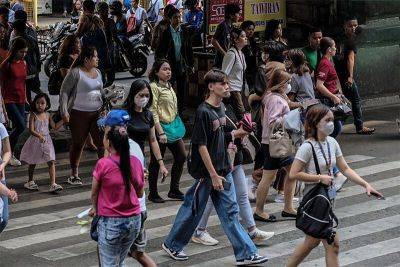EDITORIAL - Quality nutrition
Extreme heat and the drought aggravated by El Niño have affected not only agricultural crops but also domestic milk production. As World Milk Day was marked on June 1, local dairy industry players said the intense heat this year has pulled down by about 10 percent the milk production of cows and water buffaloes or carabao.
Citing data from the Philippine Statistics Authority, Dairy Confederation of the Philippines president Danilo Fausto said the country continues to import 99 percent of its annual milk consumption of 3.3 million metric tons, with local production only at around 30,000 MT. This low domestic production persists despite the continually increasing demand for milk as the population grows. Agriculture Secretary Francisco Tiu-Laurel, in a speech, said that in 2023, the country produced 28,860 MT of milk.
World Milk Day was launched in 2001 by the United Nations’ Food and Agriculture Organization to celebrate the dairy sector and recognize milk as a global food that is nutrient-rich. Milk is described by the Global Daily Platform as an “accessible, affordable” food. But this is not the case for many developing countries.
Philippine milk consumption will likely be significantly higher if milk, especially baby formula, becomes more affordable. The steep cost of baby formula and early childhood milk, however, has forced many parents to feed their infants and toddlers less nutritious food. Malnutrition and undernourishment have been blamed for the prevalence of physical and mental stunting among Filipino children.
To address this problem, the government has been implementing supplemental feeding programs in public schools. The program was disrupted by the COVID lockdowns, and the government’s resources are limited. In 2023, according to Laurel, 3.48 million liters of milk were provided to 651,769 children under the feeding program.
Fausto pointed out that of the 2.6 million cows in the country, only 27,000 are used for dairy. The number is even smaller for buffaloes, although there are more of them than cows in the Philippines: of 2.8 million carabaos, only 19,000 are breeds suitable for dairy production, Fausto said.
The government aims to produce 80







